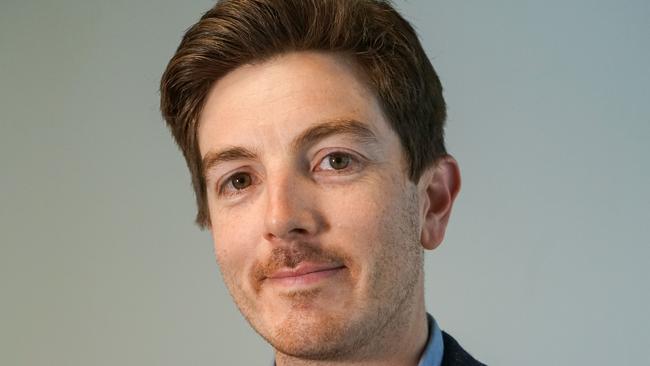Childcare staffing crisis set to get worse, warns report
A new report paints a dire future for Australia’s childcare sector as it struggles to fill staff vacancies. See which states are hardest hit.

National
Don't miss out on the headlines from National. Followed categories will be added to My News.
Exclusive: About one in 10 childcare centre roles are vacant, according to the latest data, as a new report predicts the staffing crisis will only get worse.
The lack of workers means thousands of centres are operating with waivers to permit operation despite inadequate staffing, including more than 13 per cent of long day care services.
Others may have to close if they cannot recruit new staff.
The official number of vacancies in centres are at a record high with more than 6230 job adverts across the industry.
Among them were more than 300 vacancies for childcare centre managers, 1799 for teachers, and 4135 for child carers.
NSW had the largest number of vacant spots for teachers and child carers, with 2134 vacancies. Victoria was next with 1431, and Queensland 1371.
Tasmania fared the best with just 26 vacancies.

Thrive by Five director Jay Weatherill said some parents were unable to find childcare spots for their kids, or those with places were not getting the care and education they deserve.
“It means too many children are missing out on learning and too many parents are held back from the level of workplace participation they’d choose,” he said.
Meanwhile, an exclusive new report, Rebuilding the Early Childhood Education and Care Industry in Australia, released by the Carmichael Centre, predicted the workforce crisis would only get worse.
It found that by 2030, 41,500 new graduates would be needed a year to meet the demand of working parents.
At the moment there were 35,000 people qualifying.
It also calculated that if Australia was to match the average staffing levels of other OECD countries, it would need to produce 48,000 graduates annually.
Under a Nordic system, widely regarded as the best in the world, Australia would need 68,000 graduates to complete their training annually.

The report’s author, Dr Mark Dean, said the industry needed to pay it’s female dominated workforce better wages and provide clearer career pathway opportunities, if they wanted to retain them and attract new recruits.
It also found that the best way to provide training was to expand and properly fund the TAFE system.
“Workforce shortages have been a problematic reality of the pandemic, both within the early childhood education sector and across the broader economy,” Dr Dean said.
“The early childhood education and care workforce crisis is set to get worse.
“This represents a huge opportunity; greater investment in TAFE training and secure jobs can unlock economic growth and deliver better outcomes for our children and the Australian economy.”

Australian Education Union federal president Correna Haythorpe agreed that better funded TAFE was the solution.
She said it was “best positioned to meet the scale of skills and training requirements needed to plug the shortage of early childhood educators”.
More Coverage
Originally published as Childcare staffing crisis set to get worse, warns report





